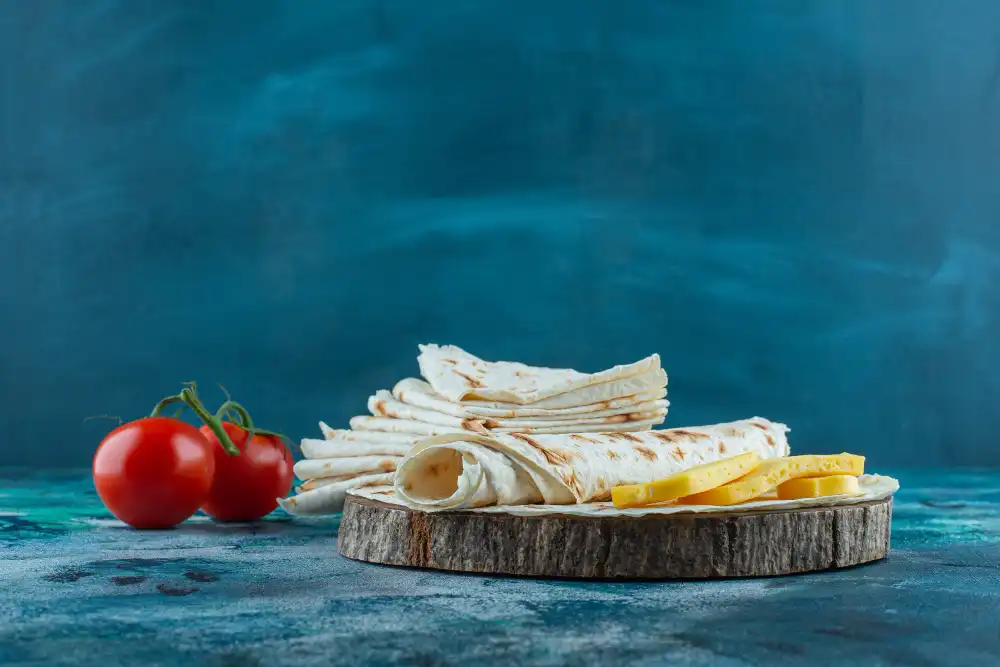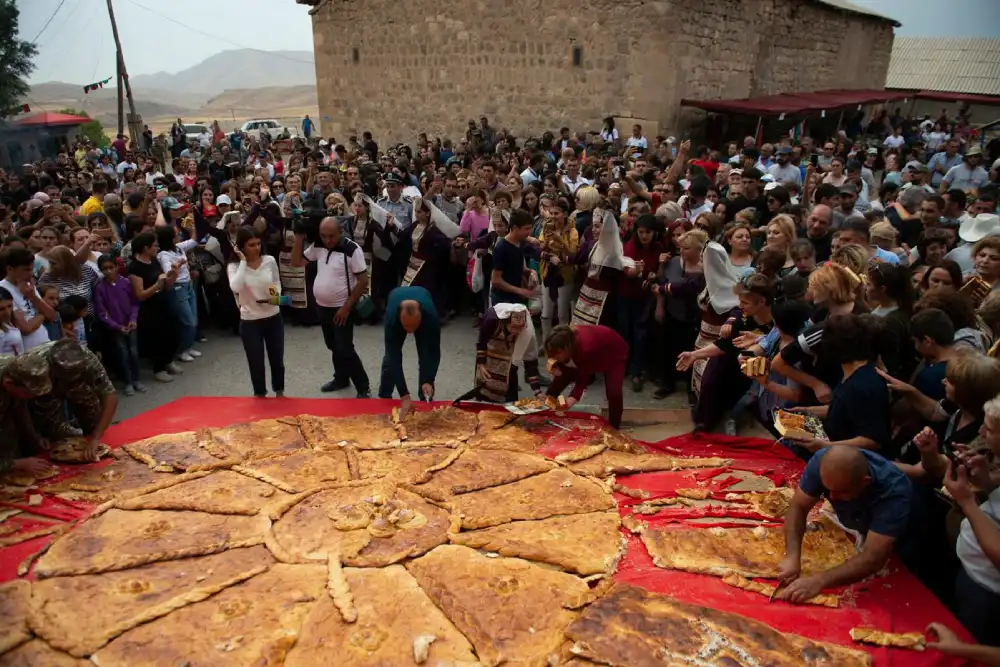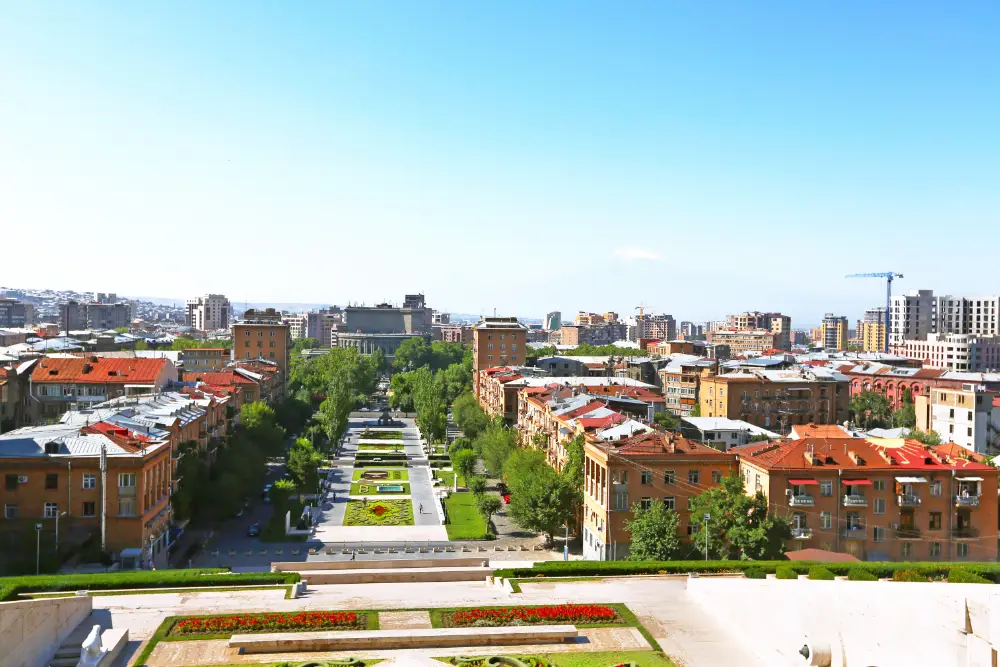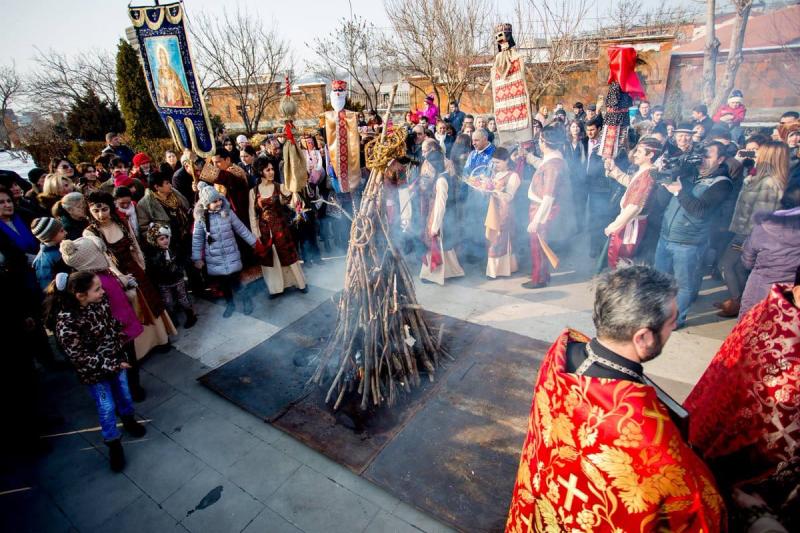Among Armenian bread types, lavash bread stands out. It is more than just a type of flatbread. It is a cultural symbol where the identity of the Armenian people rests. Join us on a fascinating journey as we explore the mystery of the Armenian lavash, its history, its symbolic meaning, and ways to eat.
What is the history of lavash in Armenia?
I will not go into an argument about whether lavash is purely Armenian. Some historians attest that lavash originated in the Middle East. However, in 2014, lavash bread was added to the list of UNESCO’s Intangible Cultural Heritage as an expression of Armenian culture.
According to historian Gil Marks, the first flatbreads were cooked on terracotta griddles. The early varieties were cooked as cakes either on heated rocks or in embers. With griddles, breads had to be made thinner to fully cook through without burning.
Armenian lavash is baked in an underground oven called tondir today.
What is special about lavash bread?
Lavash is not just an Armenian bread type. It holds immense cultural significance. Armenian grandmothers pass the process of lavash making from generation to generation. The act of breaking and sharing lavash at the table is a symbol of hospitality and unity.
Lavash bread is deeply woven into various Armenian traditions. For example, the mother-in-law puts lavash on the shoulders of the bride and groom during weddings as a symbolic ritual to bless the union. Lavash is part of Armenian spirituality which is evident in its use during religious ceremonies and festivals.
How do Armenians eat lavash?
Armenians eat lavash in various ways. The most popular are lavash wraps called brduch. Various fillings, such as cheese, greens, and meat are wrapped in lavash. The bread is wrapped around the filling and eaten like a sandwich or snack.
Another way of eating lavash is serving it alongside various dishes, such as soups, stews, and salads, adding a bread component to the meal. A soup that has many small pieces of lavash in it is called “brdac apur”.
It’s not possible to talk about lavash bread and not to mention khash – a traditional Armenian soup made from well-boiled cow legs. Khash is served with dried lavash which is poured into the dish together with garlic and salt.
But my favorite, of course, is lavash and cheese. Lavash can be served with different types of cheese. This combination is very popular, especially with some fresh vegetables.
Wrapping up
Armenian lavash is a cultural emblem that embodies the spirit of the Armenian people. Although with the advancement of technology, lavash is baked in big electric ovens in the cities nowadays, you can still see tondirs (clay underground ovens) where lavash is made in a traditional way. Whether you want to taste this masterpiece of Armenian cuisine or are curious about the traditional ways of making lavash, it’s worth visiting a modest Armenian farm where they bake lavash in tondirs, Today, there are lots of tours that organize such experiences and even let you make your lavash bread. Ready to explore the mysteries of the Armenian cuisine? Start with lavash bread! You will have an unforgettable experience!













